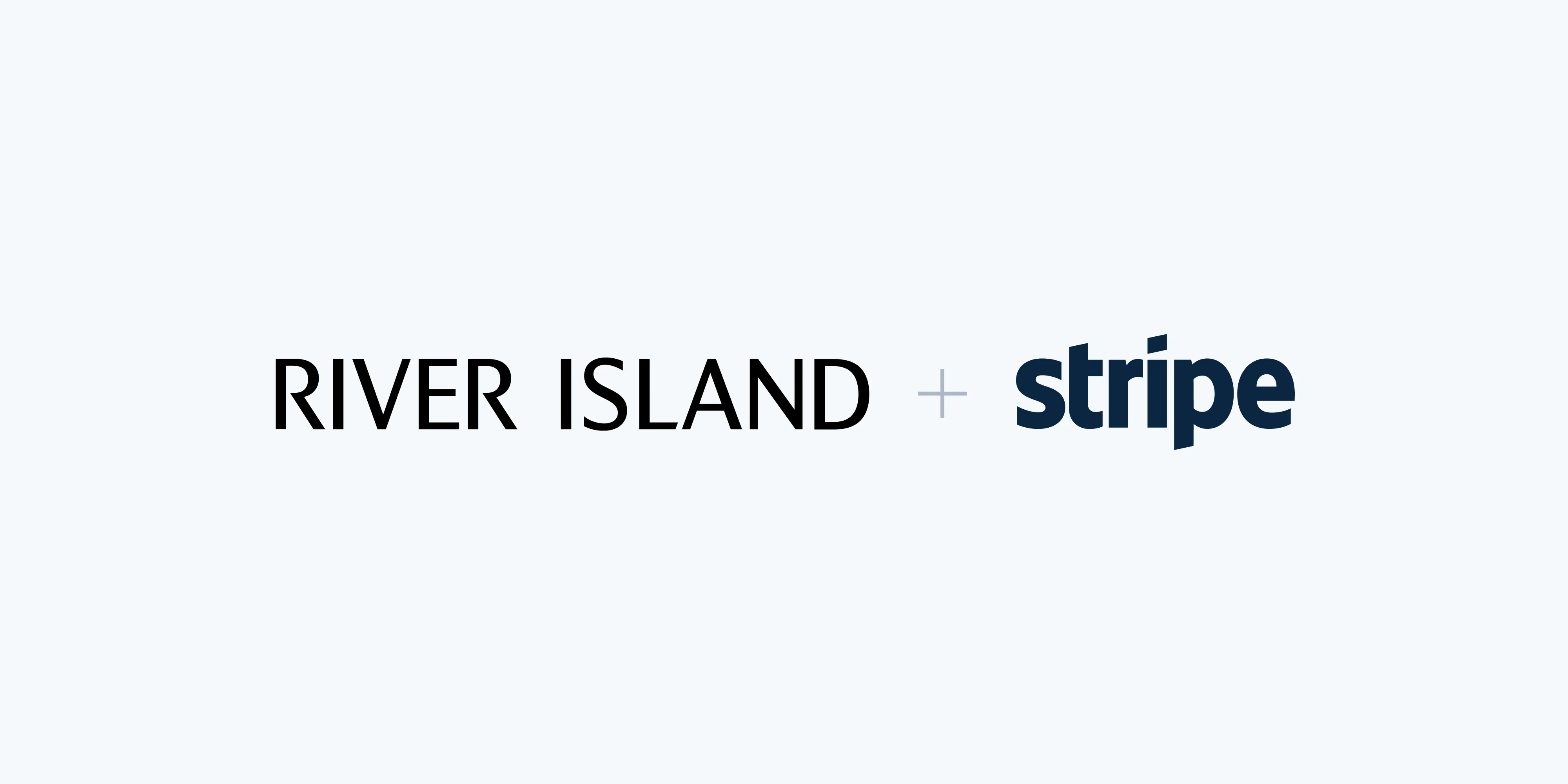River Island creates the in-store shopping experience of the future
For clothing retailers, it’s more vital than ever to bridge online and in-store shopping experiences. River Island has responded by creating stores that combine attentive personal service with the convenience and control of technology.
River Island was founded in the 1940s as a market stall that sold fabric, and grew during the Swinging London era into a business called Chelsea Girl that specialized in minidresses. Since 1988 it’s been known as River Island, a retailer of accessible and high-quality men’s and women’s clothes. The company has 250 stores in the UK as well as partnerships and franchises in Europe, the Middle East, and North America. Its legacy is an advantage and a challenge.
“As a brand that's been around for a long time, you accumulate a certain perception in the market,” said Adam Warne, chief information officer at River Island. “But when you’ve fundamentally transformed the retail experience through innovation, you can surprise and delight customers in new ways.”
Personalized stores
In select locations, River Island has installed smart fitting rooms with screens that instantly display the clothes a shopper has chosen, recognized with embedded RFID tags. Using the screen, customers can request different sizes be brought in by a sales associate and browse suggestions for items that complete the outfit. When the customer is ready to check out, there’s no need to wait in line—they simply go to a self-checkout kiosk, powered by Stripe.
“It’s a much more service-oriented proposition for the customer, rather than just being a shop where you can pick up clothes,” said Warne. “It’s really about, can we bring something to our customers that makes them feel like this is a premium place to shop?”
Innovating with Stripe
The development cycle was as modern as the result. Before offering the experience to customers, a River Island engineer had a self-checkout machine delivered to his apartment where he spent just two weeks integrating it with Stripe's payments platform. It was an exploratory effort for both River Island and Stripe.
“We were working with Stripe without any commercial promises,” Warne said. “They gave us access to the APIs, they gave us a payment chip, a PIN device, and a dummy card to test on it. That demonstrated Stripe’s philosophy before we even put pen to paper.”
Today, Stripe processes all self-service checkouts in River Island stores, as well as 100% of the retailer’s online sales. The integration provides River Island with a unified, omnichannel view of its revenue flows, which it intends to expand with Stripe.
“We’ve previously had lots of point-to-point relationships with different payment processing systems,” Warne said. “But now, ultimately, we want Stripe to process every single one of our payments through every channel.”


